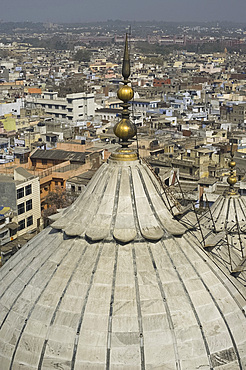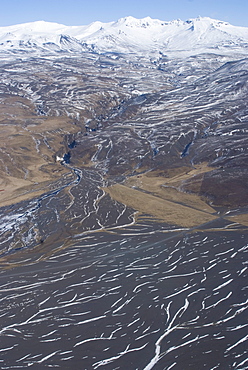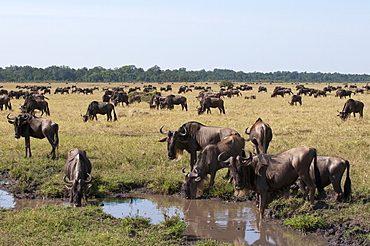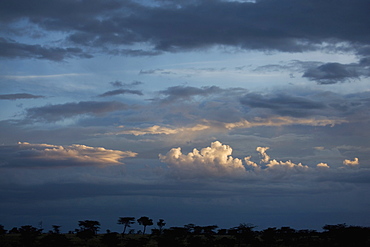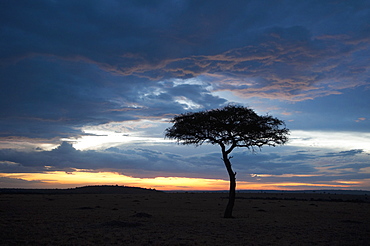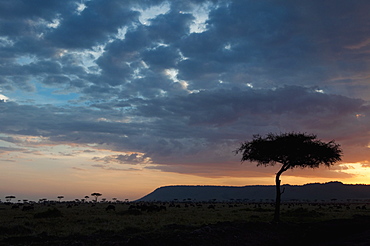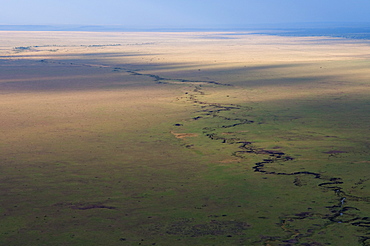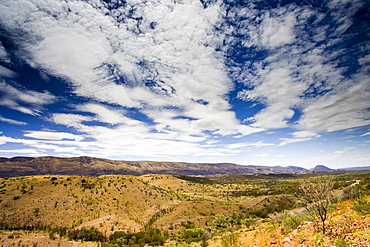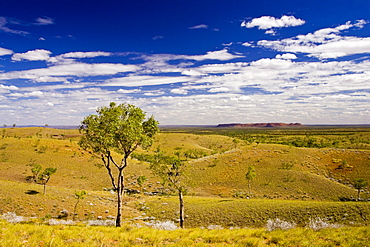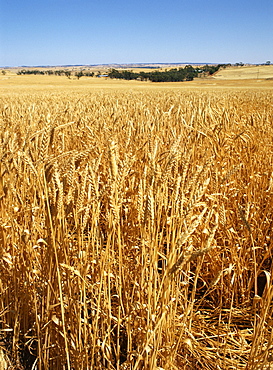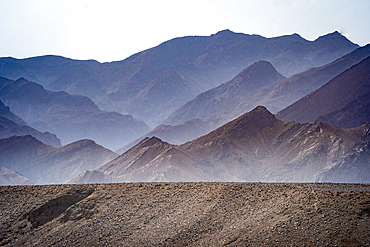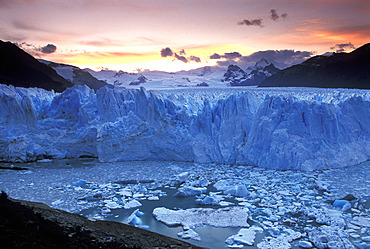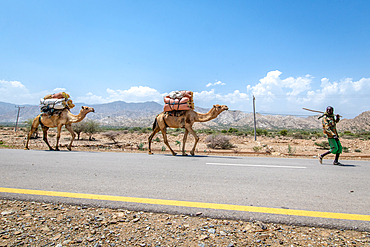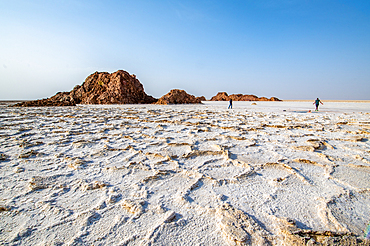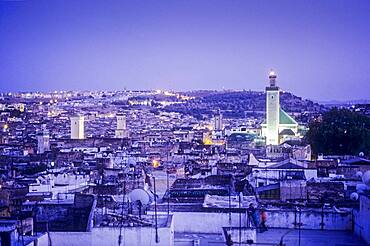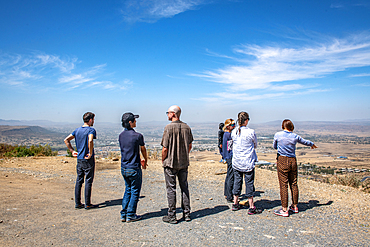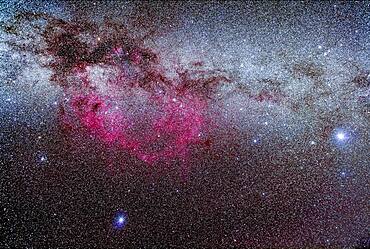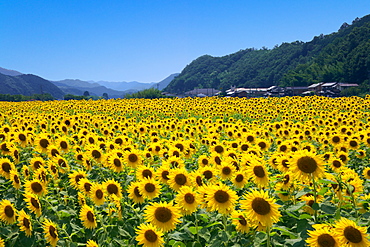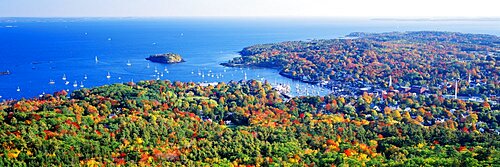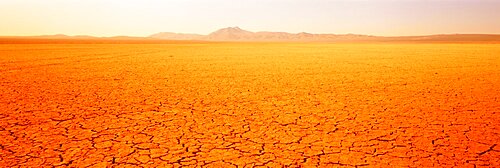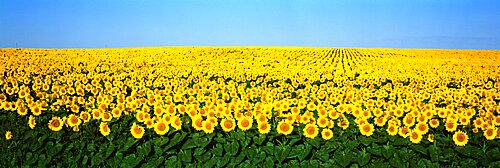Results
« Previous 1 2 3 4
321 results found
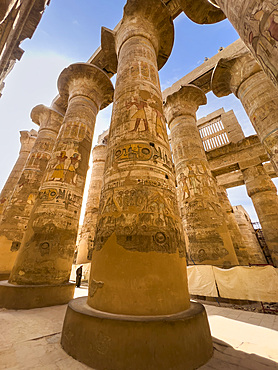
The Great Hypostyle Hall, Karnak Temple Complex, a vast mix of temples, pylons, and chapels, UNESCO World Heritage Site, near Luxor, Thebes, Egypt, North Africa, Africa

The Karnak Temple Complex, comprises a vast mix of temples, pylons, chapels, and other buildings, UNESCO World Heritage Site, near Luxor, Thebes, Egypt, North Africa, Africa
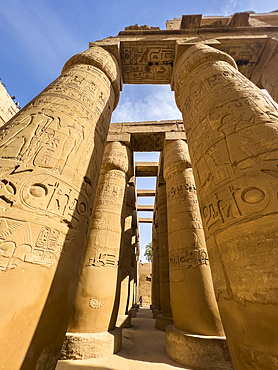
The Great Hypostyle Hall, Karnak Temple Complex, a vast mix of temples, pylons, and chapels, UNESCO World Heritage Site, near Luxor, Thebes, Egypt, North Africa, Africa
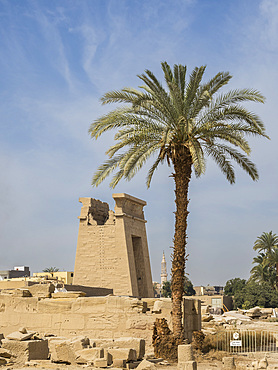
The Karnak Temple Complex, comprises a vast mix of temples, pylons, chapels, and other buildings, UNESCO World Heritage Site, near Luxor, Thebes, Egypt, North Africa, Africa
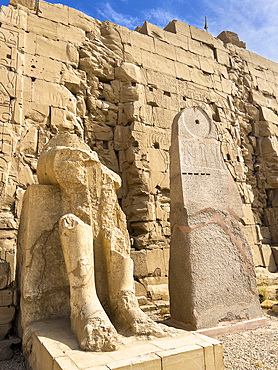
The Karnak Temple Complex, comprises a vast mix of temples, pylons, chapels, and other buildings, UNESCO World Heritage Site, near Luxor, Thebes, Egypt, North Africa, Africa

River leading to Eyjafjallajokull glacier, Mount Hekla behind, South Iceland, Iceland, Polar Regions
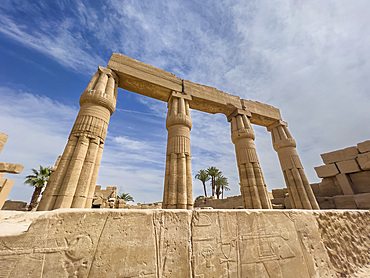
The Karnak Temple Complex, comprises a vast mix of temples, pylons, chapels, and other buildings, UNESCO World Heritage Site, near Luxor, Thebes, Egypt, North Africa, Africa
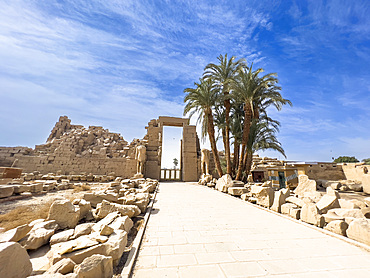
The Karnak Temple Complex, comprises a vast mix of temples, pylons, chapels, and other buildings, UNESCO World Heritage Site, near Luxor, Thebes, Egypt, North Africa, Africa
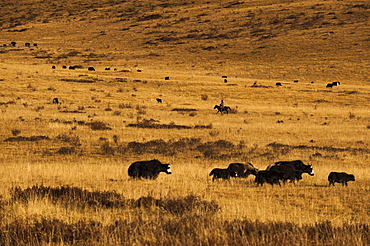
Yaks grazing on the vast open rangelands on the edge of the Tibetan Plateau in Sichuan Province, China, Asia

Obelisk of Thutmosis I, Karnak Temple Complex, comprises a vast mix of temples, pylons, and chapels, UNESCO World Heritage Site, near Luxor, Thebes, Egypt, North Africa, Africa
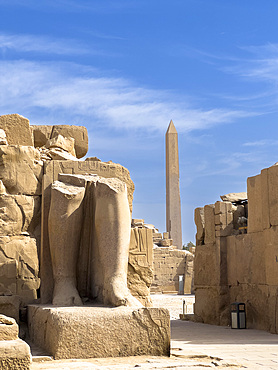
Obelisk of Hatshepsut, Karnak Temple Complex, a vast mix of temples, pylons, and chapels, UNESCO World Heritage Site, near Luxor, Thebes, Egypt, North Africa, Africa

Looking west in the ancient Zapotec city of Monte Alban, near Oaxaca City, Oaxaca, Mexico, North America

Silverswords, a plant unique to Hawaii which flowers once then dies, growing in vast crater of Haleakala, the world's largest dormant volcano, Maui, Hawaii, Hawaiian Islands, United States of America (U.S.A.), North America
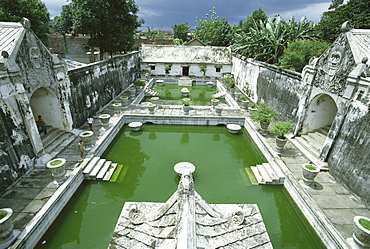
Swimming pools where the court princesses would bathe, at Taman Sari, the Water Castle, a vast pleasure palace built in 1761 by Sultan Hamengku Buwono I, Yogyakarta, Central Java, Indonesia, Asia

Muslim women making vast quantities of tissue paper kites for January kite festival, Ahmedabad, Gujarat, India, Asia
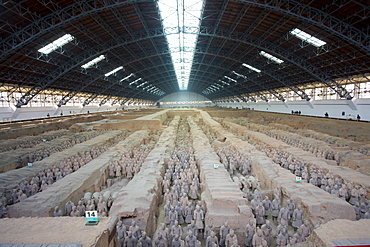
Tourists view infantry figures from the edge of Pit 1 at Qin Museum, exhibition halls of Terracotta Warriors, China
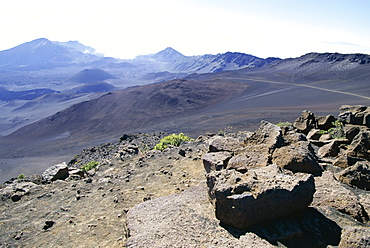
Part of the vast crater of 10023 ft Haleakala, the world's largest dormant volcano, seen from Sliding Sands trail, Maui, Hawaii, Hawaiian Islands, United States of America (U.S.A.), North America
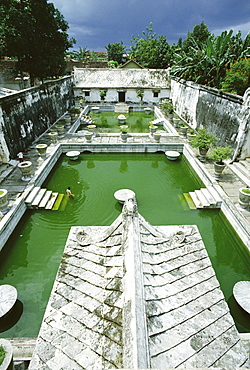
Swimming pools where the court princesses would bathe, at Taman Sari, the Water Castle, a vast pleasure palace built in 1761 by Sultan Hamengku Buwono I, Yogyakarta, Central Java, Indonesia, Asia
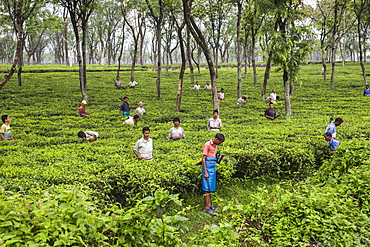
Men working in the vast tea plantations of Bagdogra in Darjeeling district where the best tea in the world is produced, Darjeeling, India, Asia

The Central Market, one of the largest and oldest markets in Europe, with five food pavillons located inside vast converted Zeppelin hangar, UNESCO World Heritage Site, Riga, Latvia, Europe
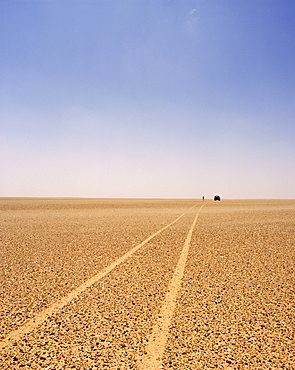
Typical example of the reg, a vast featureless stoney plain, Sahara region, Algeria, North Africa, Africa
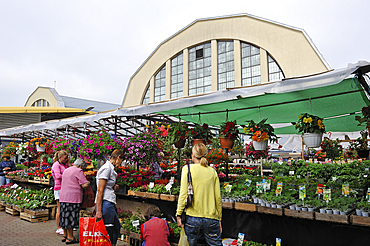
The flower market set outside the Central Market that is one of the largest and oldest markets in Europe, with five food pavilions located inside vast converted Zeppelin hangars, Riga, Latvia, Baltic region, Europe
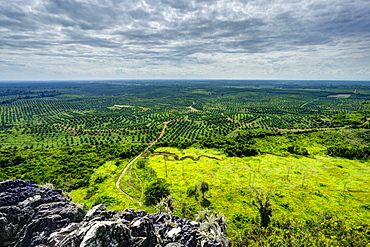
Vast area of oil palm plantations. HDR photo. Kengbeng, East Kutai Regency, East Kalimantan, Borneo, Indonesia, Southeast Asia, Asia
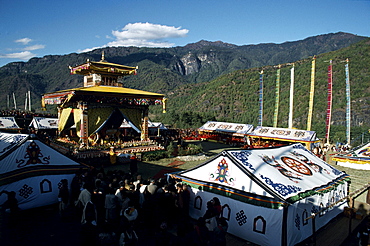
Purchang (cremation palace) of h.h. Dilgo khyenste. Bhutan. H.h. Dilgo khyentse rinpoche (1910-1991), tutor to present dalai lama revered as of greatest exponents of dzogchen- teachings of great perfection. Khyentse rinpoche®s purchang (cremation palace), satsam chorten, below paro takstang, bhutan, november 4, 1992 never forget swiftly this life will be over, like a flash of summer lightning or wave of a hand. that have opportunity to practice dharma, do waste a single moment on anything else, practice with your energy.oe h.h. Dilgo khyenste rinpoche, heart treasure of enlightened ones my delight in death is, greater than delight of traders at making vast fortunes at, or of lords of gods vaunt their victory in battle or of those sages have entered rapture of perfect meditative absorbtion. So just as a traveler sets on road when time come to go, i will remain in this world no longer, will dwell in stronghold of great bliss of deathlessness. -longchenpa, fourteenth- century dzogchen master
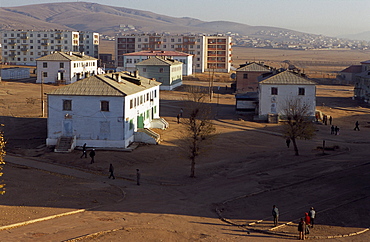
Mongolia. In late early sarangol a flourishing town lived in by some 5,000 soviet-mongol miners. mine been shut down leaving behind ninjas named green pans they wear on their back that make them resemble cartoon ninja turtles. ninjas, income earned from specks of gold clawed from river is a social safety in vast central asian country where more than on in three live below poverty line

Pond intended for shrimp farm although non-productive in vast area of devastated mangroves, Balikpapan Bay, East Kalimantan, Borneo, Indonesia, Southeast Asia, Asia

Pond intended for shrimp farm although non-productive in vast area of devastated mangroves, Balikpapan Bay, East Kalimantan, Borneo, Indonesia, Southeast Asia, Asia
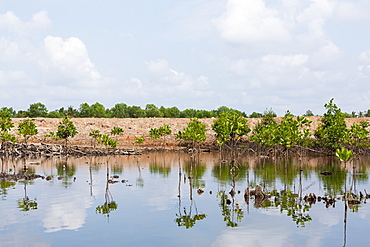
Planting a few seedlings as a compensation for vast destruction of mangroves. Balikpapan Bay, East Kalimantan, Borneo, Indonesia, Southeast Asia, Asia

Pond intended for shrimp farm although non-productive in vast area of devastated mangroves, Balikpapan Bay, East Kalimanta, Borneo, Indonesia, Southeast Asia, Asia

Pond intended for shrimp farm although non-productive in vast area of devastated mangroves, Balikpapan Bay, East Kalimantan, Borneo, Indonesia, Southeast Asia, Asia
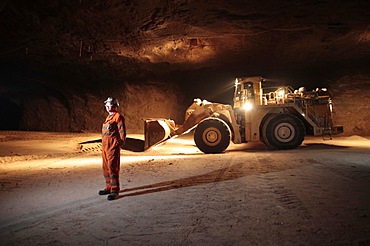
Mining grit salt is very different to the traditional image of cramped dark areas and men with pickaxes! The nature of grit salt mines mean they resemble vast caverns, up to 20 metres wide.

Mining grit salt is very different to the traditional image of cramped dark areas and men with pickaxes! The nature of grit salt mines mean they resemble vast caverns, up to 20 metres wide. .

Mining grit salt is very different to the traditional image of cramped dark areas and men with pickaxes! The nature of grit salt mines mean they resemble vast caverns, up to 20 metres wide.
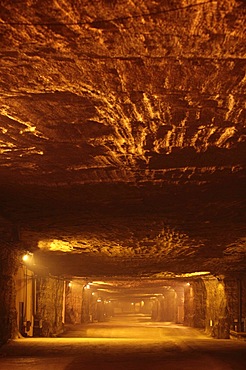
Mining grit salt is very different to the traditional image of cramped dark areas and men with pickaxes! The nature of grit salt mines mean they resemble vast caverns, up to 20 metres wide.
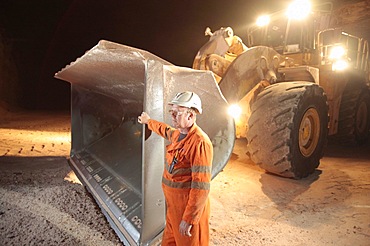
Mining grit salt is very different to the traditional image of cramped dark areas and men with pickaxes! The nature of grit salt mines mean they resemble vast caverns, up to 20 metres wide.

Mining grit salt is very different to the traditional image of cramped dark areas and men with pickaxes! The nature of grit salt mines mean they resemble vast caverns, up to 20 metres wide. .

Mining grit salt is very different to the traditional image of cramped dark areas and men with pickaxes! The nature of grit salt mines mean they resemble vast caverns, up to 20 metres wide.
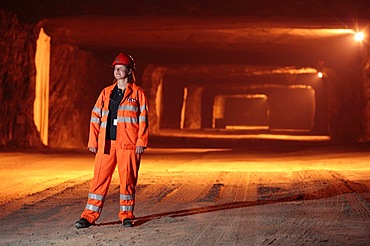
Mining grit salt is very different to the traditional image of cramped dark areas and men with pickaxes! The nature of grit salt mines mean they resemble vast caverns, up to 20 metres wide. .
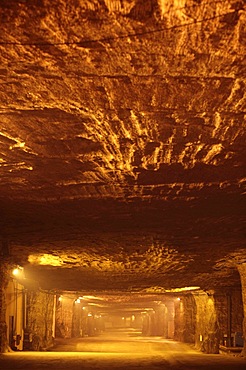
Mining grit salt is very different to the traditional image of cramped dark areas and men with pickaxes! The nature of grit salt mines mean they resemble vast caverns, up to 20 metres wide.
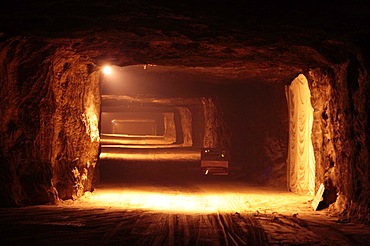
Mining grit salt is very different to the traditional image of cramped dark areas and men with pickaxes! The nature of grit salt mines mean they resemble vast caverns, up to 20 metres wide.
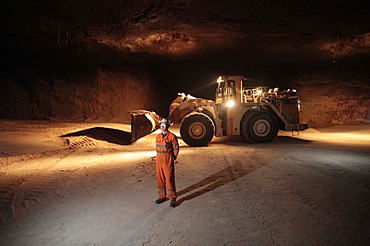
Mining grit salt is very different to the traditional image of cramped dark areas and men with pickaxes! The nature of grit salt mines mean they resemble vast caverns, up to 20 metres wide.
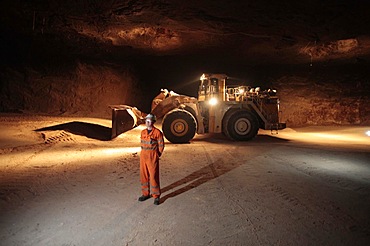
Mining grit salt is very different to the traditional image of cramped dark areas and men with pickaxes! The nature of grit salt mines mean they resemble vast caverns, up to 20 metres wide.
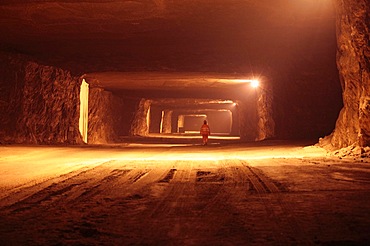
Mining grit salt is very different to the traditional image of cramped dark areas and men with pickaxes! The nature of grit salt mines mean they resemble vast caverns, up to 20 metres wide. .
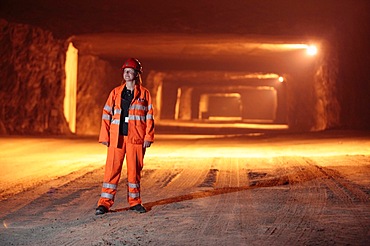
Mining grit salt is very different to the traditional image of cramped dark areas and men with pickaxes! The nature of grit salt mines mean they resemble vast caverns, up to 20 metres wide. .
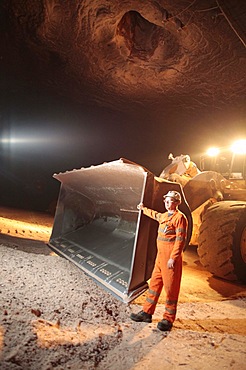
Mining grit salt is very different to the traditional image of cramped dark areas and men with pickaxes! The nature of grit salt mines mean they resemble vast caverns, up to 20 metres wide.
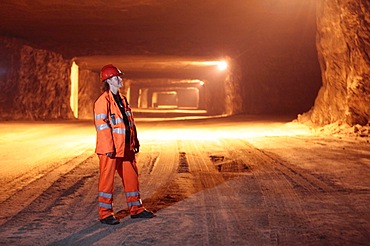
Mining grit salt is very different to the traditional image of cramped dark areas and men with pickaxes! The nature of grit salt mines mean they resemble vast caverns, up to 20 metres wide. .
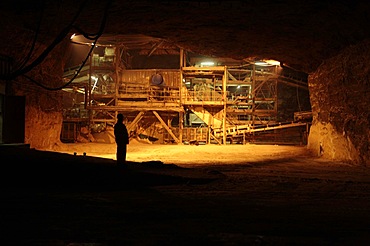
Mining grit salt is very different to the traditional image of cramped dark areas and men with pickaxes! The nature of grit salt mines mean they resemble vast caverns, up to 20 metres wide.
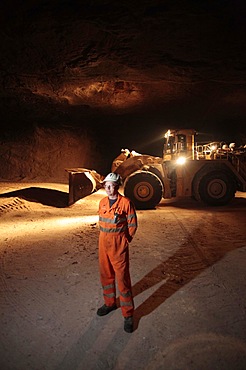
Mining grit salt is very different to the traditional image of cramped dark areas and men with pickaxes! The nature of grit salt mines mean they resemble vast caverns, up to 20 metres wide.

A lone tree stands on a bank overlooking a vast valley and mountain range many miles away. Sunny day with blue sky in the Alaskan Interior. The Interior, Alaska, USA

A modern art peice in the Gardens at Chatsworth House in Derbyshire, England, United Kingdom, Europe

Mexican aztec dress gods at Grand Palladium White Sand Resort and Spa in Riviera Maya, Yucatan Peninsula, Quintana Roo, Caribbean Coast, Mexico.
Aztec clothing was generally loose fitting and did not completely cover the body. When the Spanish arrived in Mexico, the people were surprised to see them in their full armour, with only their faces exposed.
Aztec clothes were generally made of cotton (which was imported) or ayate fiber, made from the Maguey Cactus (also called the Century Plant or American Aloe). Women would weave the fibers into clothing, a task girls were taught as young teenagers. Because of their vast trading network, the Aztecs were able to make use of a beautiful array of dyes, creating the brilliant

Mexican aztec dress gods at Grand Palladium White Sand Resort and Spa in Riviera Maya, Yucatan Peninsula, Quintana Roo, Caribbean Coast, Mexico.
Aztec clothing was generally loose fitting and did not completely cover the body. When the Spanish arrived in Mexico, the people were surprised to see them in their full armour, with only their faces exposed.
Aztec clothes were generally made of cotton (which was imported) or ayate fiber, made from the Maguey Cactus (also called the Century Plant or American Aloe). Women would weave the fibers into clothing, a task girls were taught as young teenagers. Because of their vast trading network, the Aztecs were able to make use of a beautiful array of dyes, creating the brilliant
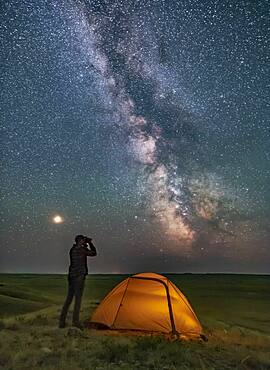
A Park interpreter poses for a scene in Grasslands National Park, Saskatchewan, of stargazing with binoculars under the Milky Way on a dark moonless night. Grasslands is perfect for stargazing as it is a Dark Sky Preserve and the horizon is vast and unobstructed.
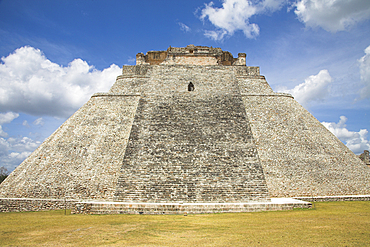
Piramide del Adivino, Pyramid of the Magician, Uxmal Archaeological Site, Uxmal, Yucatan State, Mexico
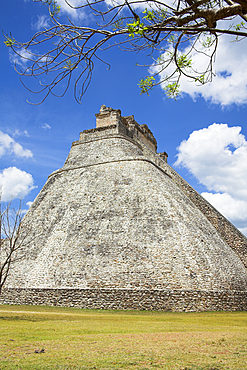
Piramide del Adivino, Pyramid of the Magician, Uxmal Archaeological Site, Uxmal, Yucatan State, Mexico

One of the two waterfalls at National September 11 Memorial, World Trade Center, Manhattan, New York City, New York, USA

A Park interpreter poses for a scene in Grasslands National Park, Saskatchewan, of stargazing with binoculars under the Milky Way on a dark moonless night. Grasslands is perfect for stargazing as it is a Dark Sky Preserve and the horizon is vast and unobstructed.
